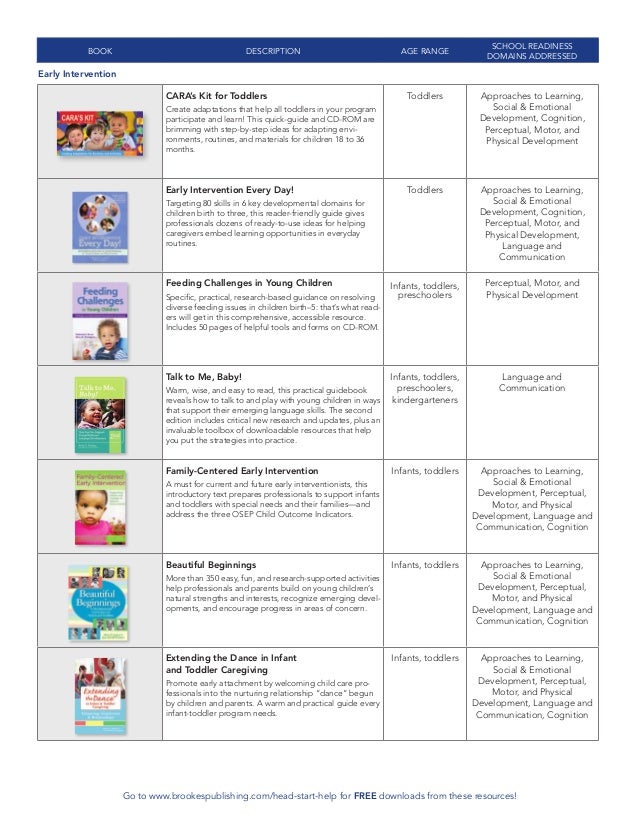What Is A Perceptual Motor Programming
Perceptual motor training provides the child with a wide range of experiences in seeing, touching, hearing, making perceptual judgments and reacting. The program assists children to function more successfully in all areas of the school curriculum. Perceptual Motor Program (PMP) The Perceptual Motor Program (PMP) operates in our Prep, one and two classes during Term 2 and 3, twice a week, as a strategy to assist the. A perceptual-motor program is for children in the early elementary school years, typically grades K-2. It's also highly suitable for preschools and day care centers. It's run by a physical education instructor or classroom teacher once or twice a week with the help of parent volunteers.

Ready for a surprise? Here it is: students who have difficulty with school-related skills are frequently seen to have problems with “perceptual-motor integration,” which roughly means awareness of body position.
The good news is that training to refine perceptual-motor processes can enhance a person’s ability to read, write, do math, pay attention, etc. This is true for teens and adults as well as children. I first heard of this topic in a presentation given at the “Raising Functional Adults” symposium in 2013, as described. Linda Howe is a Perceptual-Motor Consultant whose talk on “The Physical Side of Learning” was an eye-opener for me and many others in attendance. I’m indebted to Linda for providing additional information for this post. Here’s a quote from her brochure: Perceptual-motor integration relates to the manner by which the individual takes in sensory information, processes and interprets the information, and then responds automatically to it.

Many children have not developed refined perceptual-motor skills. Frequently, they display very inconsistent behaviors. They may have difficulty in reading, writing, spelling or math. They may have a short attention span and are easily frustrated. These children have been diagnosed as hyperactive, dyslexic, or having minimal brain dysfunction.
Perceptual-motor development happens in sequence as a child matures. For reasons such as premature or traumatic birth, illness, or trauma, among others, stages in development may be missed or disrupted. Not only does this cause difficulties in physical responses, but it also entails substandard development in comparable brain functions. Students impacted in this way struggle or are inconsistent when attempting higher-level tasks, such as copying information from the board. The student often learns to compensate, but the energy required for compensations frequently drains his/her system. With so much extra energy required for the intake and processing of information, there may not be much energy left for output (= doing schoolwork.) The compensations may also mean it takes longer to complete tasks.
Thus, we have a student who is exhausted, frustrated, lagging behind – and who may be told s/he “is not trying hard enough.” To make these concepts really hit home, let’s look at some of the specific perceptual-motor skills and how deficits in those skills translate to difficulties in the learning process. I’ll give a condensed version of the information Linda presented, but hopefully it’ll get the point across. The first perceptual motor skill to consider is kinesthetic awareness, which refers to knowing where a given body part is and what it is doing, without having to look at it. “Well, duh!” you might say. “I know where my right elbow is.” But have you ever taken a class in yoga, or dance, or karate?
Been given tips for swinging a bat, racquet, or golf club? Were you perfect in following the instructor’s directions on positioning your body? Some of us have a strong kinesthetic awareness; some of us goof it up on a regular basis.
And some people have a really tough time (apart from issues of flexibility and the like), possibly because there was a disruption in developing that awareness when they were growing up. Here are a few of the many clues that a person may have deficits in kinesthetic awareness: s/he is constantly moving, may keep arms and hands against the body, may under-respond or over-respond to touch, and/or may be very cautious or very accident-prone. Related to kinesthetic awareness is physical figure-ground development, in which the person can selectively tense one set of muscles, such as those needed to move one arm.
Down To Earth Stevie Wonder Rare here. Some kids who have difficulties doing this might tense many other muscles in addition to the ones needed for the movement; others may not produce enough muscle tension to make the appropriate movements. Once physical figure-ground relationships have been developed, the brain moves on to visual and auditory figure-ground development, where the person can focus on selected stimuli in the environment. Without appropriate figure-ground development, everything is perceived equally – and that leads to being overwhelmed and distracted.